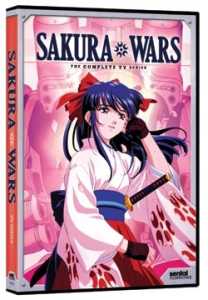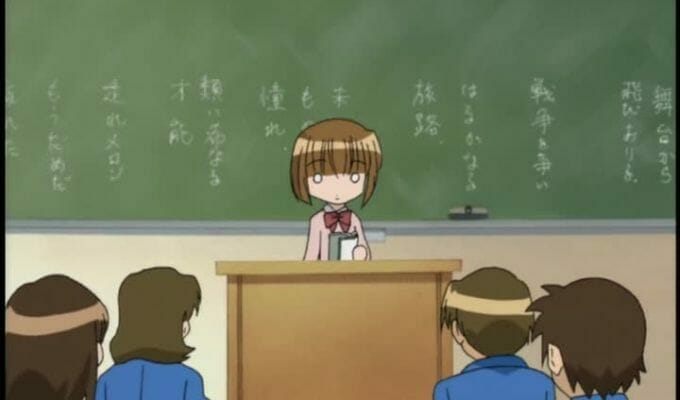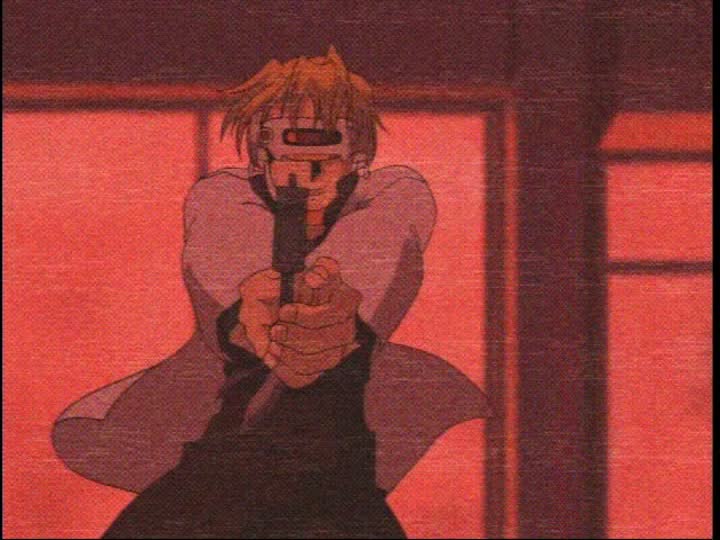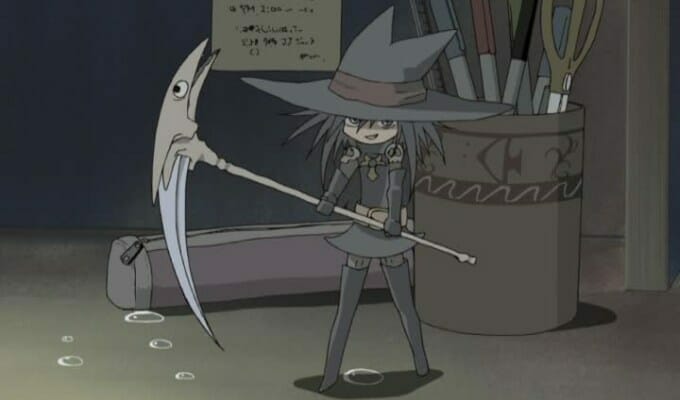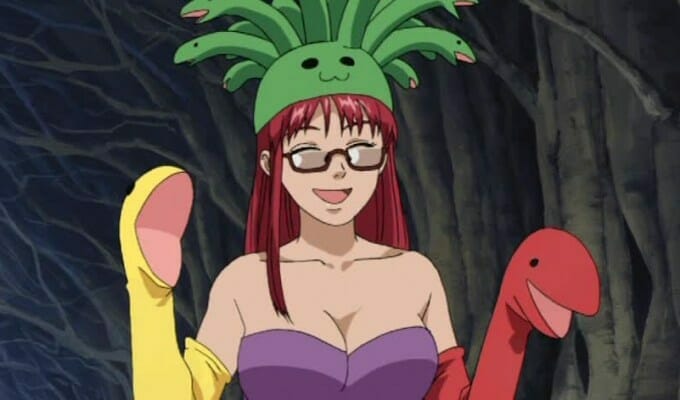 What Is It?
What Is It?
Sakura Wars is a 2000 TV series based on the first Sakura Wars video game. The show was animated by Madhouse and directed by Takashi Asami.
Sakura Wars is set in an alternative version of Taisho-era Japan, where steam power brought conveniences like automobiles and trolleys to the nation’s capital. Sakura Shinguji, a young lady from the boondocks, makes her way to the city in hopes of defending her country against demon forces that supposedly threaten the nation. Sakura is a special girl: she is a gifted psychic, much like her father whofell in the great Kouma War. So, when she received an invitation to the prestigious Imperial Floral Defense Troop (Teikoku Kage Kidan), she was not only willing but eager to take up the task. Upon reaching the address, though, she finds a theater, rather than a military base, that is hosting shows by the Imperial Theatrical Troupe (Teikoku Kage Kidan): an all-woman acting group.
After a number of mishaps that place her in the dog house with the theater’s ladies, Sakura stumbles upon the secret behind theater. The Imperial Theater is a front for the Floral Defense Troop, who defend the nation from demonic forces in secret with the aid of giant walking tanks known as koubu. With Sakura on the bad side of the rest of the team, though, she’ll need to learn how to work with her new comrades, as the dark forces that devestated Japan years before begin to rise again.
Why Was It Passed Up?
Typically, “video game” and “anime” aren’t terms that go well together. After such “marvels” as Tekken, Wild ARMs: Twilight Venom, and Voltage Fighter Gowcaizer, the market isn’t exactly eager to throw its funds toward similar properties. At the same time, the market already saw a lot of Sakura Wars anime hit, with both major OVA series hitting VHS and DVD prior to the show’s release. Unfortunately, much of this was comprised of either prequels or side stories, and relied on prior knowledge of the characters and franchise to matter to most fans. Many who purchased were disappointed, and not overly willing to risk being burned again.
Why This Show?
Sakura Wars is one of the rare game adapatations that managed to get things right. Rather than try to shoe-horn the 20-hour game’s story into a 26-episode show, the folks at Madhouse crafted their own experience, while maintaining the most important elements from the source material. Characters, basic plot points, and the setting were maintained, though the execution was vastly different. The traditionally light-hearted franchise was instead transposed into a more serious character drama, while iconic themes and melodies were given a far more somber treatment. Characters were expanded upon, new plot elements were exposed, and the world itself was fleshed out through the series’s run.
The final product is an impressive blend of the familiar and the new, that will appeal to franchise vets, while also providing an enthralling experience for those who never booted up a Sakura Wars disc in their lives.
Closing Thoughts
I don’t hide the fact that I’m a gigantic Sakura Wars fan. I’m not ashamed to say that I’m one of the geeks that imported the games, bought the artbooks, bought the toys, and somehow still gets chills when the theme song plays. It’s a rare experience that just works, whether it’s on the Sega Saturn, or as an anime.
As a franchise, Sakura Wars is a rare combination of industry giants, with a fantastic world by Ohji Hiroi and Satoru Akahori(Saber Marionette J, Sorcerer Hunters) brought to life by Kosuke Fujishima’s (You’re Under Arrest!, Ah! My Goddess) amazing character designs. The cast simply springs to life in a world of massive mecha and demonic destruction, thanks to excellent scripts, and an all-star cast that includes legends like Chisa Yokoyama and Michie Tomizawa.
Madhouse’s TV series is no different. Their more serious take on a historically light-hearted franchise is refreshing. The company’s ability to not only work around, but add new layers to a cast that many have already formed solid opinions on is impressive. While Sakura Wars isn’t a line-for-line remake of the original game, it really doesn’t need to be. It captures the charm of the original, while maintaining a strong identity of its own.
Opening
[yframe url=’http://www.youtube.com/watch?v=UBacmgngsNQ’]
Closing
[yframe url=’http://www.youtube.com/watch?v=R4JA1I_kTFs’]


